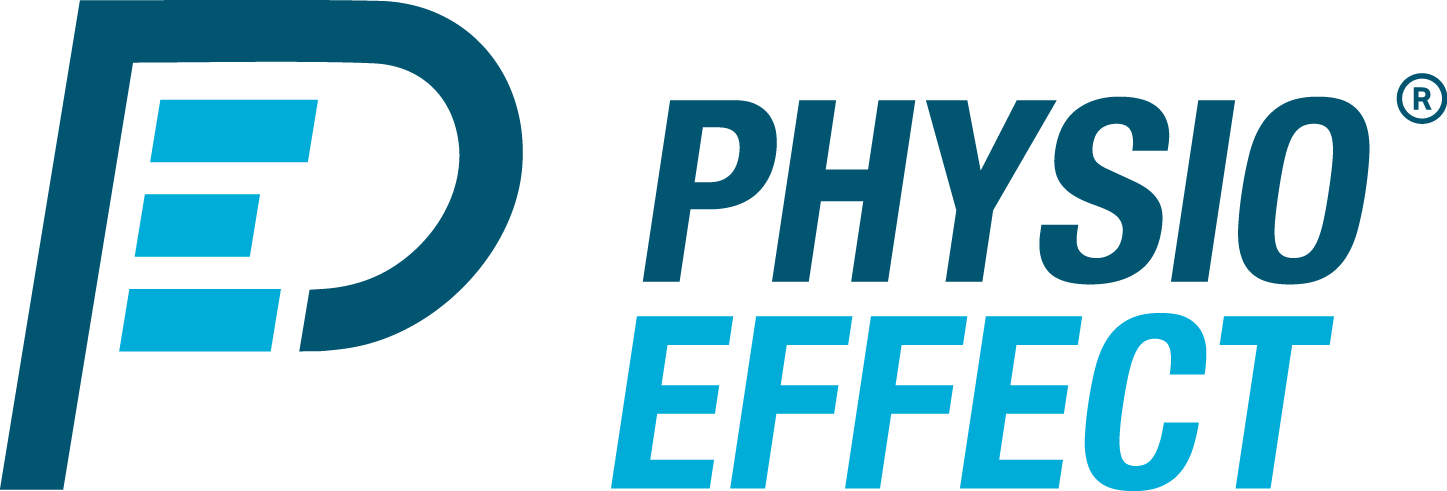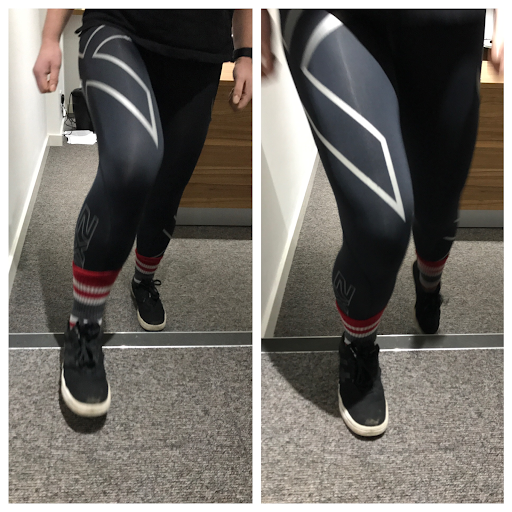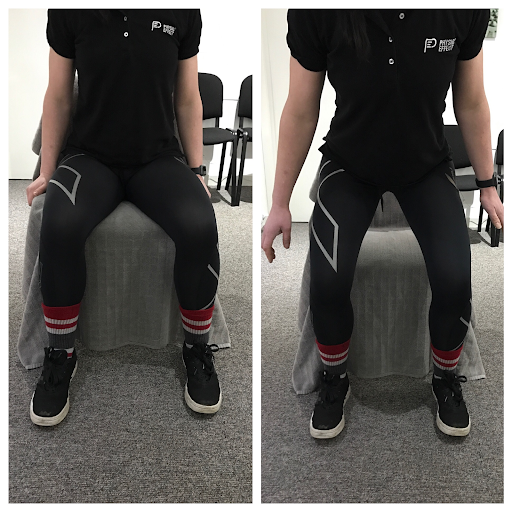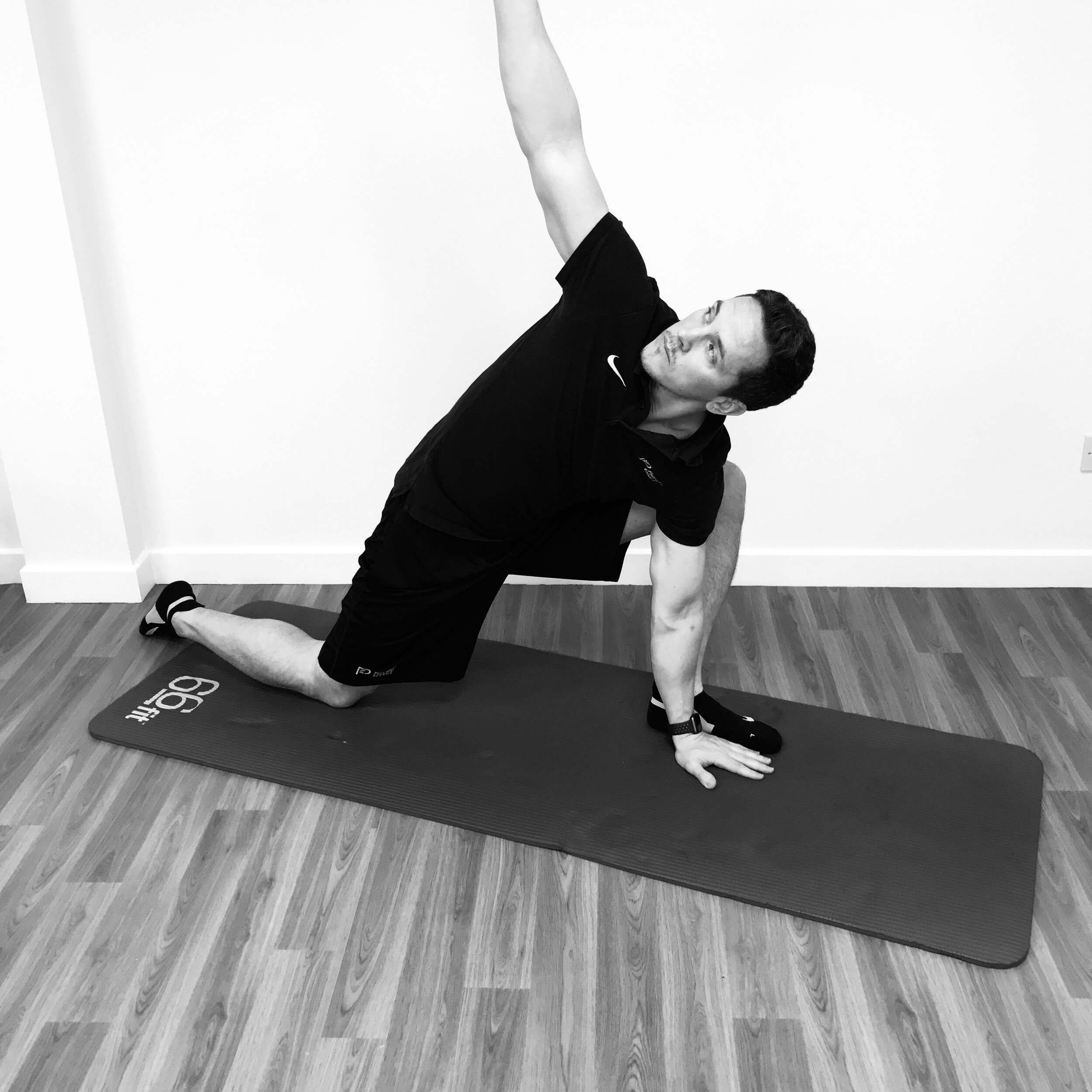By Jonny Kilpatrick of Physio Effect
Injury prevention is obviously preferable to injury cure. It is common for people to adapt their work desks and equipment to improve their posture as a form of injury prevention. It is also common for gym-goers and athletes to practice good form when using weights as a means of injury prevention. What is uncommon is paying attention to and correcting our most frequently used movements that arguably have some of the more devastating effects on joints if performed badly over a lifetime.
With almost all leg injuries, as physiotherapists, we will assess basic movement patterns. Two of these are frequently found to be faulty and likely to either have contributed to an injury or are likely to hinder a speedy recovery. These movements are:
Standing to Sitting / Sitting to Standing
Step Up / Step Down
We perform each of these movements numerous times each day, hundreds of times each week and thousands of times each year. Little attention is paid to our “form” on these movements and commonly we will see people putting their knee joint under uneven stretching and compressional forces that over time will strain on ligaments and degenerate joint surfaces. Almost always the fault seen in both movements involves the person’s knees or knee drifting inwards once the hips are lowered. This puts the knee into a position known as genu valgum, which is associated with the following conditions:
Patello-femoral (knee cap) joint osteoarthritis
Inner knee pain from overstretching the medial collateral ligament
Outer knee pain from increased tension on the Iliotibial Band and compressional wear and tear to the lateral meniscus and joint surfaces
Osteoarthritis of the knee joint
Increased risk of knee trauma in sports such as ACL rupture
Poor movement pattern with Sit to Stand and Step-Ups fig.1
Poor movement pattern with Sit to Stand and Step-Ups fig.2
The reason this knee position and movement pattern has such a destructive effect on the knee is to do with the way our knee has been designed to move. There are various interlocking grooves and troughs within our knee that require a certain movement pattern to align correctly and provide stability. This movement is called the screw home movement and it involves the femur (thigh bone) rotating approximately 10 degrees inwards on the tibia (shin bone) to achieve a fully straightened position. Conversely when the knee is bending the femur should rotate outwards on the tibia to keep everything aligned correctly and avoid excessive forces to one area. This in practice means that your knees should stay out over your feet when bending and the hips flexing. This can be achieved by rotating your femur outwards by using your Gluteal Muscles (Butt).
We have seen this movement problem much more prevalently in women who also tend to suffer higher rates of frontal knee pain and knee trauma in sport than men. This is thought to be in part because of women having a wider pelvis than men which results in an increased angle (Q Angle) from the outside of their hips to the knee cap in normal standing. We also believe the cultural expectation of sitting in a “lady-like” way with their thighs closed rather than open may have contributed to women sitting and stepping in a manner that switches off their glutes and allows their knees to track inwards. With this consistently poor movement pattern during a “functional squat” such as sit to stand over a lifetime it is unrealistic to expect ourselves to move well when the task requires greater control and strength such as during single leg step-ups when going up or downstairs or running which is actually just a series of single leg hops.
Correct movement pattern on Sit to Stand and Step-Ups fig.1
Correct movement pattern on Sit to Stand and Step-Ups fig.2
A common phrase within a gym or weights room when discussing form and technique is “check yourself, before you wreck yourself”. This, we would argue, is equally, if not much more, important with everyday movements as over a lifetime the wear and tear you inflict on your joints may not be reversible or easily rehabilitated in the same way as a minor muscle strain or postural stiffness. In the instance of these movements we would really recommend making time to practice some squats to and from a chair and step ups where you keep your knee from moving inwards of your foot. This should in turn help with how you move in everyday life if you are mindful of it.
At Physio Effect you can expect physiotherapy, massage and holistic services that address your unique needs. We will always strive to exceed your expectations through our honest and results-driven approach, delivered by our team of specialised practitioners.
You’ll be empowered to address your injuries and any associated lifestyle issues with a diagnosis and treatment plan that has been logically explained and is achievable for you.
Find out more and book online at PhysioEffect.co.uk






